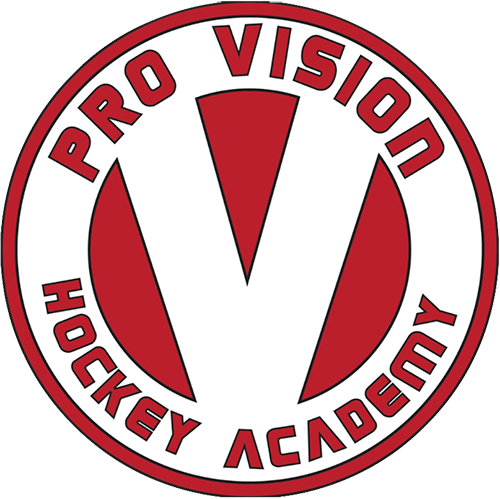2025 Summer Powerskating
Why Powerskating?
Hockey powerskating is an essential aspect of any hockey player’s training regimen. By focusing on skating technique, agility, and speed, powerskating training helps players develop the physical and technical skills necessary to perform at the highest levels of the game. Whether you’re a novice or an elite player, powerskating provides the foundation for becoming a more powerful, faster, and more efficient skater on the ice.
Powerskating Silver
Sessions start April 2nd- End July 29th
Tuesdays 5:45pm @ Ice Chalet
Powerskating Gold
Sessions start April 2nd- End July 29th
Tuesdays 7:00pm @ Ice Chalet
Key Components of Powerskating
Stride Efficiency: Powerskating helps players maximize the power and length of each stride, making their skating more efficient and faster.
Edge Work: Mastery of inside and outside edges is crucial for sharp turns, stops, and quick direction changes, all of which are essential in the fast-paced nature of hockey.
Acceleration: Training focuses on explosive starts from a standstill, enabling players to accelerate quickly during a game.
Balance & Stability: Powerskating strengthens core muscles and improves a player's ability to maintain balance, even at high speeds or while performing complex maneuvers.
Agility & Quickness: Agility drills help players become quicker on their feet, improving reaction times during game situations and allowing them to evade opponents or quickly change direction.
Importance of Powerskating
Enhances Speed and Agility: The primary goal of powerskating is to increase a player's speed on the ice. Faster skaters can outpace opponents, create more scoring opportunities, and cover more ground in less time.
Improves Game Performance: In hockey, effective skating is just as important as stickhandling or shooting. Skating efficiently allows players to position themselves better on the ice, maintain better puck control, and execute plays more effectively.
Boosts Stamina and Endurance: Powerskating not only helps players skate faster but also builds the stamina needed to maintain high-level performance throughout a game, especially in a sport that involves constant movement and quick bursts of energy.
Increases Power and Explosiveness: Powerskating helps players generate more force with each stride, which translates into quicker starts, faster acceleration, and more explosive plays, such as breakaways and checking.
Supports Injury Prevention: By improving skating posture, edge control, and balance, powerskating can help reduce the risk of falls and injuries. It also strengthens key muscle groups that are used during hockey movements, supporting long-term athletic development.
Essential for All Levels: Whether you’re a beginner learning to skate or an advanced player looking to refine your technique, hockey powerskating is beneficial. Even the most seasoned professionals continually incorporate powerskating to maintain their competitive edge.

Powerskating Silver
Silver (Ages 7-12)
Perfect for skaters looking to build a strong foundation in skating techniques. This class focuses on improving stride efficiency, balance, and edge control to enhance overall skating performance.
Key Features:
Proper skating posture and mechanics
Mastering forward and backward strides
Introduction to crossovers and transitions
Basic edge work and stopping techniques
Developing speed and control
Ideal For:
Players who want to refine their basic skating skills and build confidence on the ice.
RegisterPowerskating Gold
Gold (Ages 12+)
Designed for experienced skaters looking to elevate their speed, agility, and explosiveness. This class incorporates high-intensity drills to mimic game situations and improve advanced skating skills.
Key Features:
Advanced edge control and tight turns
Acceleration techniques and explosive starts
Dynamic crossovers and backward skating
Transitioning seamlessly between forward and backward strides
Game-speed conditioning drills
Ideal For:
Competitive players aiming to gain an edge in their performance and take their skating to the next level.
